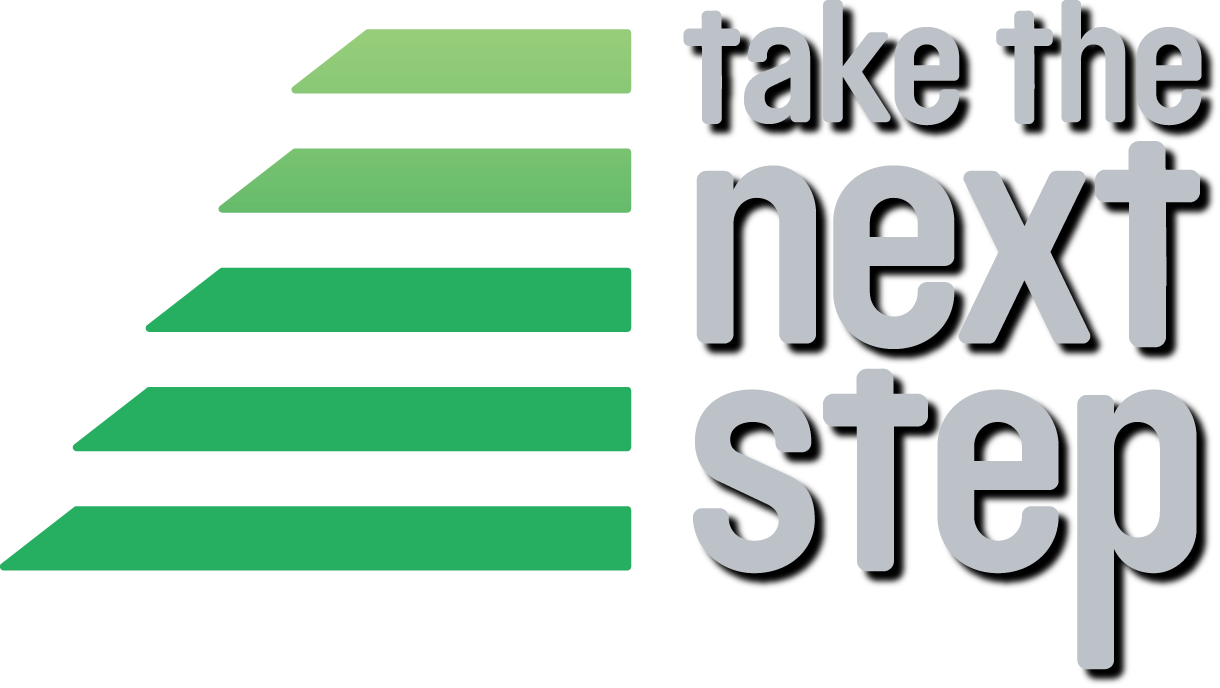President Franklin D. Roosevelt, in his State of the Union Address to Congress in 1938, said he was seeking “legislation to end starvation wages and intolerable hours.” Later that year, the Federal Minimum Wage was introduced as part of the Fair Labor Standards Act. It was a tough fight but the President prevailed. In his fireside chat the night before signing the Act into law, President Roosevelt warned:
"Do not let any calamity-howling executive with an income of $1,000 a day, ...tell you...that a wage of $11 a week is going to have a disastrous effect on all American industry."
Sound familiar?
The Federal Minimum Wage reached its peak in real, inflation adjusted purchasing power in 1968 when Congress raised the wage from $1.00 to $1.40 per hour.
Today, the Federal Minimum Wage is $7.25 per hour.
Historical and Inflation-adjusted Minimum Wage
The real value of working at the minimum wage has fallen nearly 25% since 1968.
In the September, 2015 Republican Presidential Candidate Debate, one candidate asked another,
“How many Americans make the minimum wage?”
The candidate answered, “I suppose a small number.” He was corrected by the questioner, “Less than 1% of Americans make the minimum wage.”
Though the statement is not quite true, it’s not far from the facts:
- 1.3 million workers earn exactly the Federal Minimum Wage of $7.25 and another…
- 1.7 million make less than the Federal Minimum Wage in 2014 (federal and many state laws allow tipped workers to be paid less than minimum wage –as low as $2.13 per hour)…
- here’s the real fact:
3 million Americans make the minimum wage or less.1
What these numbers miss is the millions more who work in the 20+ states that have minimum wage laws that exceed the federal minimum wage, including Washington State’s $9.47 minimum wage. They make more than the minimum wage, but still struggle to make ends meet.
Why don’t we raise the minimum wage to $10.10 per hour…
closer to the inflation-adjusted value it had in the 1960s?
Myths and Facts on the Minimum Wage2
Myth:
Minimum wage jobs are not meant to be living wage jobs. As one opponent said, “Minimum wage jobs are for teenagers flipping burgers for pocket money.”
Fact:
88% of those benefitting from raising the minimum wage to $10.10 per hour are at least 20 years old, and more than one third (34.5%) are more than 40 years old. Among those benefiting from the increase, 54% work full time and 56% are women.
More than half of lower wage (under $10.10 per hour) workers are employed in food service and hospitality. Even at the lowest end, the median age (that person right in the middle – half are older, half are younger) of fast-food workers is over 28, and women -- who make up two-thirds of the industry - are over 32 years old.
Myth:
Small business owners can't afford to pay their workers more, and therefore don't support an increase in the minimum wage.
Fact:
A July 2015 survey found that 3 out of 5 small business owners with employees support a gradual increase in the minimum wage to $12. Small business owners say an increase "would immediately put more money in the pocket of low-wage workers who will then spend the money on things like housing, food, and gas. This boost in demand for goods and services will help stimulate the economy and help create opportunities."
Myth:
Raising the federal tipped minimum wage ($2.13 per hour since 1991) will hurt restaurants and lead to job losses for employees.
Fact:
In 2014, California required employers to pay servers the full minimum wage of $9 per hour — before tips. The National Restaurant Association projects California restaurant sales will grow 3.9% and outpace all but four states in 2015.
As of May 2015, employers in San Francisco must pay tipped workers the full minimum wage of $12.25 per hour — before tips. Yet, the San Francisco leisure and hospitality industry, which includes full-service restaurants, has experienced positive job growth this year, including following the most recent minimum wage increase.
Raising the minimum wage to $10.10 will give 28 million workers a raise and lift 5 million people out of poverty3

